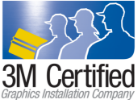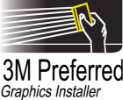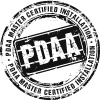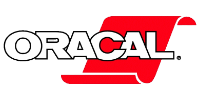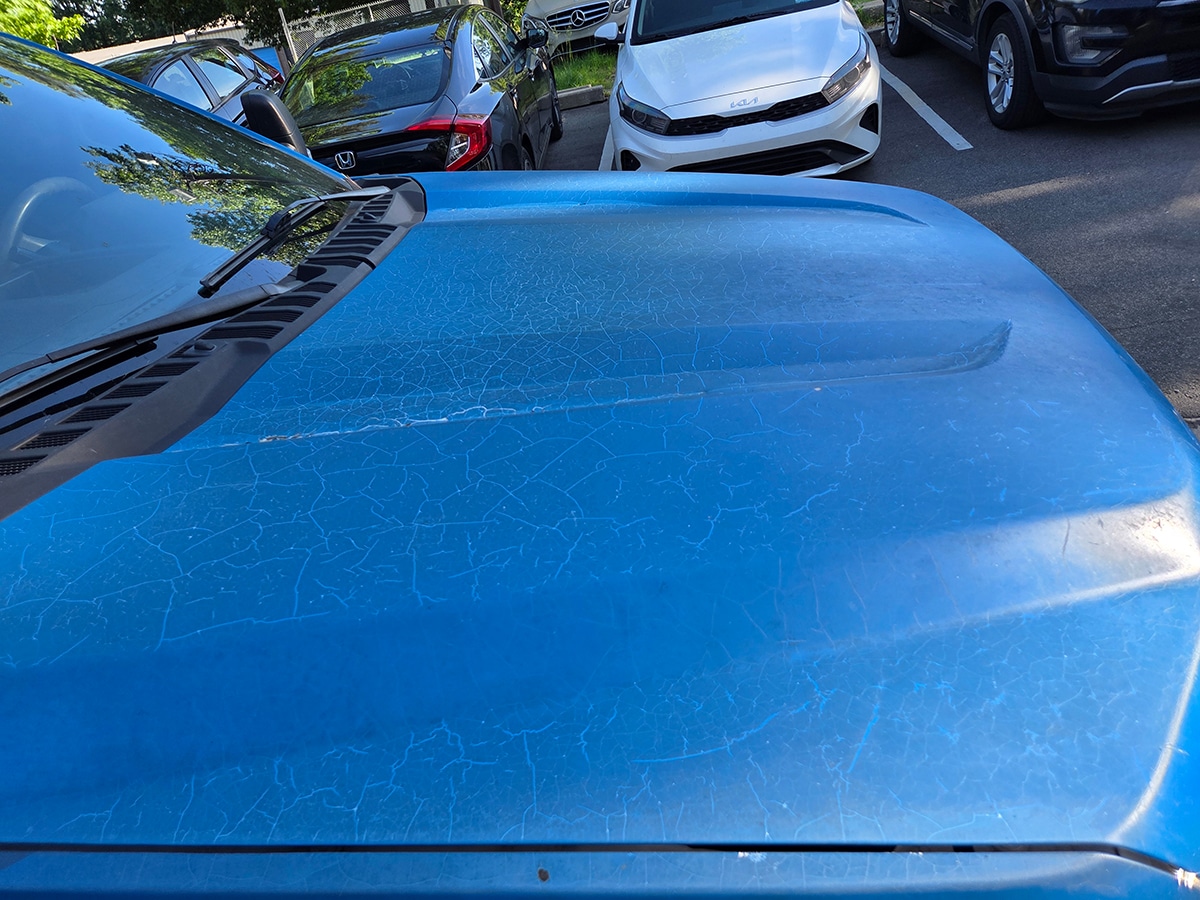
Vehicle wrap removal isn’t as simple as peeling off a sticker. For fleet owners, understanding the process, the tools involved (yes, sometimes chemicals and even a “decal grinder”!), and why timely removal is key to preserving your vehicle’s paint is crucial. At Capital Wraps, we prioritize transparency, and that’s why we recommend replacing your wraps around the 4-year mark to ensure a smoother, cleaner, and more cost-effective removal process.
Why Your Wrap’s Age Matters for Removal
Vehicle wraps are designed to adhere strongly, but over time, the elements take their toll. Manufacturers like 3M, Avery Dennison, and Orafol (Oracal) provide detailed removal guides, and they all point to the same truth: the older the wrap, the more challenging the removal.
- Vinyl Cracking: As a wrap ages, especially beyond 4-5 years, it’s exposed to UV radiation, temperature fluctuations, and environmental pollutants. This exposure causes the vinyl to become brittle and eventually crack. Instead of coming off in large, manageable sheets, it starts to break into small, stubborn pieces.
- Adhesive Hardening: Simultaneously, the adhesive, which was formulated for strong yet removable bonds, begins to harden and “set up” more permanently. This makes it incredibly sticky and much more resistant to release from the vehicle’s surface. Think of old tape that just won’t budge – it’s a similar principle.
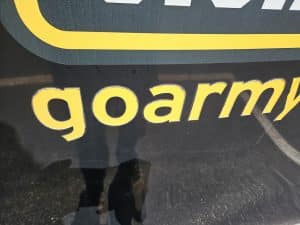
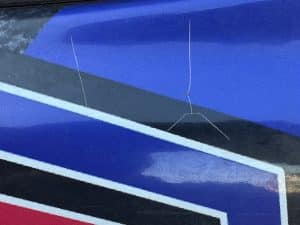
This combination of brittle vinyl and hardened adhesive is why we at Capital Wraps strongly advocate for replacing your wraps at the 4-year mark. Our experience has shown that beyond this point, removals become significantly more labor-intensive and, consequently, more expensive.
The Hands-On Reality of Vehicle Wrap Removal
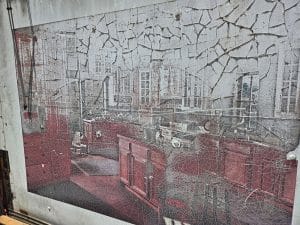
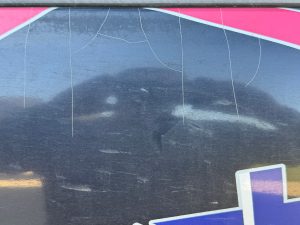
So, what does a professional wrap removal actually involve? It’s often a far cry from a quick peel.
- Heat Application: Heat is fundamental. Professionals use heat guns to soften the vinyl and reactivate the adhesive, making the material more pliable and easier to separate from the vehicle. This requires a delicate balance to avoid damaging the underlying paint.
- Chemical Solutions: For stubborn adhesive residue left behind after the vinyl is removed, specialized chemical removers are necessary. These aren’t just any solvents; they’re formulated to dissolve adhesive without harming the factory paint underneath. Applying them correctly and safely is key.
- The “Decal Grinder” (Adhesive Remover Wheel): For particularly tough, hardened adhesive, or when the vinyl fragments into tiny pieces, tools like a rubber decal remover wheel (often jokingly referred to as a “decal grinder”) come into play. These specialized tools attach to a drill and, when used correctly by an experienced technician, can physically abrade and remove adhesive residue without damaging the paint. Improper use, however, can quickly lead to paint damage.
- Lots of Elbow Grease: Regardless of the tools or chemicals, wrap removal is inherently labor-intensive. It involves meticulous scraping, wiping, and polishing, often by hand, to ensure every last speck of adhesive is gone and the underlying paint is spotless.
Why Timely Removal Benefits Your Bottom Line

As a fleet owner, time is money. Consider these points:
- Reduced Downtime: A wrap removed at the 4-year mark (or earlier, depending on condition) comes off more quickly and cleanly. This means less time your valuable asset is out of commission for removal, and more time it’s on the road generating revenue.
- Lower Labor Costs: Less cracking vinyl and softer adhesive mean less time spent on removal, directly translating to lower labor costs for your business. Industry data consistently shows that removal costs can skyrocket for wraps left on too long.
- Paint Preservation: The primary goal of a quality wrap is to protect your original paint. Removing it before the adhesive becomes overly aggressive ensures that the paint underneath remains pristine, preserving your vehicle’s resale value. Trying to remove a brittle, old wrap increases the risk of inadvertent paint damage during the process.
Our Hands-On Process at Capital Wraps
When it comes to vehicle wrap removal, our approach mirrors our installation: professional, thorough, and focused on preserving your asset. Our experienced team is trained in the latest removal techniques recommended by manufacturers, using the right tools and chemicals to ensure a clean, safe removal, preparing your vehicle for its next journey or wrap. We don’t just “peel and go”; we meticulously clean and inspect the surface, ensuring it’s ready for whatever comes next.
Conclusion
For fleet owners, understanding the realities of vehicle wrap removal is just as important as understanding the installation. While a professional wrap is a durable and effective branding tool, its lifespan isn’t infinite. By adhering to recommended removal timelines—like our proactive 4-year recommendation—you can ensure a smoother process, protect your investment, and keep your fleet looking sharp and ready for its next branding endeavor.

